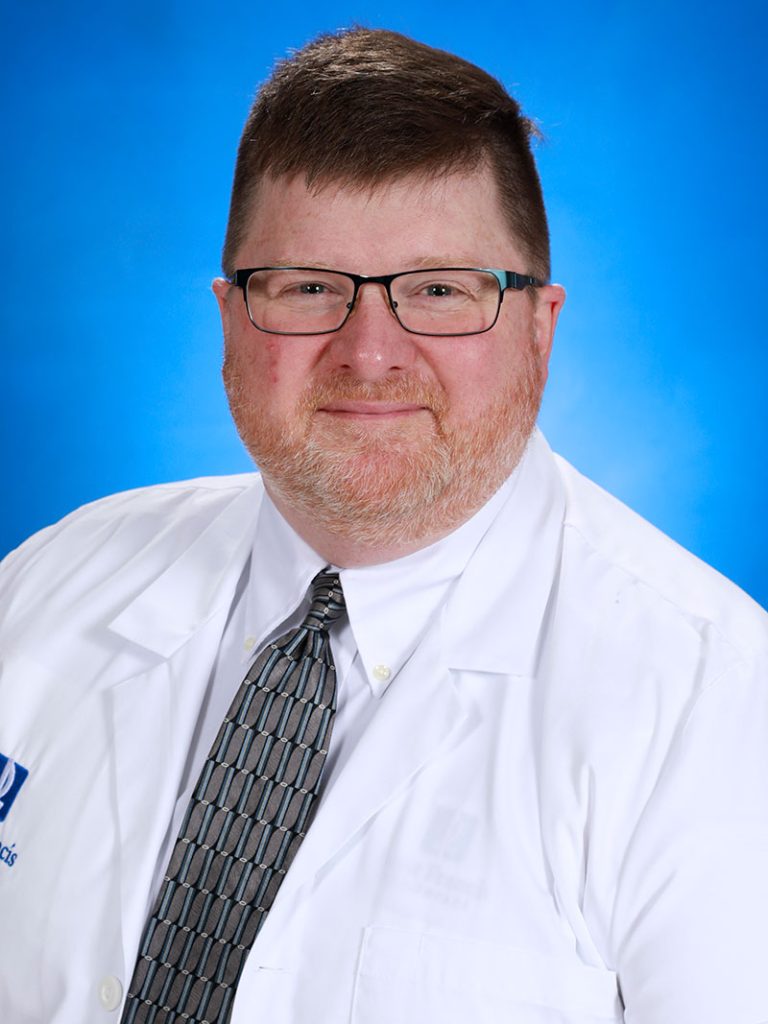Hyperbaric Oxygen Therapy Heals Wounds, Saves Lives
Oxygen. This colorless, odorless, tasteless gas heals wounds, reverses radiation burns and saves lives! Hyperbaric oxygen therapy utilizes this miracle substance to treat serious infections, bubbles of air in blood, and chronic wounds such as diabetic foot ulcers, nonhealing ulcers due to underlying chronic bone infection and wounds related to remote prior radiation treatment.
“Oxygen is a very important molecule our bodies use to fight infection and to heal wounds,” says Matthew B. Schumer, MD, family medicine physician at the Saint Francis Wound Healing and Hyperbaric Center. “When we breathe normal air, we breathe 21 percent oxygen, which is adequate for most people to heal even the most complex wounds. In certain situations, however, our body needs even more oxygen due to serious infections, poor circulation, etc. This is when we consider hyperbaric oxygen therapy, which is the use of 100-percent pure oxygen at higher than normal pressures to treat medical illness.”
The 100-percent pure oxygen can immediately correct tissue hypoxia (lower than normal oxygen content and pressure in the cell), stimulate and support collagen synthesis and new blood vessel growth, reduce local tissue swelling and enhance immune function.
Hyperbaric oxygen therapy (HBOT) is common, comfortable and safe. Patients breathe the medical gas while resting or watching TV in a large transparent cylindrical chamber. A nurse, reachable by intercom, is beside the chamber at all times to assist or answer questions. Patients typically spend two hours in the chamber five days a week for four to 12 weeks.
“The benefits of this time investment are, typically, that a patient enjoys healing a previously non-healing wound and avoiding the amputation of a limb,” says Schumer. “In the case of carbon monoxide poisoning or gas gangrene, it can be truly lifesaving therapy. Most of our hyperbaric oxygen patients tell us, as they ‘graduate,’ that they’re glad they did it, and it was easier than they thought it would be.”
One of the more common injuries treated with hyperbaric oxygen therapy is radiation injury. “As more and more people succeed in fighting and surviving cancer treatments long-term, we find a lot of folks 10 and 15 years after completing radiation therapy who may have inadvertently damaged their healthy tissues,” says Schumer. “For instance, after radiation treatment for prostate cancer, many men suffer radiation burns to their bladder or to their colon or rectum. The only medical intervention shown to be helpful in halting and, in some cases, reversing symptoms of radiation injury is hyperbaric oxygen therapy.”
For example, when a subgroup of patients with deep foot ulcers with infection in the bone were considered, the healing rate without hyperbaric oxygen therapy was only 56.04 percent. After the use of HBOT, healing rates for this subgroup were improved to 75.24 percent for the patients who completed the prescribed number of hyperbaric treatments, according to a study published in Advances in Wound Care online on December 2018 by Mary Ann Liebert, Inc.
The FDA approves the use of several recognized treatment indications for hyperbaric oxygen therapy. The most common indications treated at the Wound Healing & Hyperbaric Center include chronic refractory osteomyelitis, soft-tissue radionecrosis, osteoradionecrosis and diabetic wounds of the lower extremities.
The Wound Healing & Hyperbaric Center is open Monday through Friday from 8 a.m. to 4:30 p.m. No referral is needed to receive wound care. To make an appointment, call 573-331-5330.


